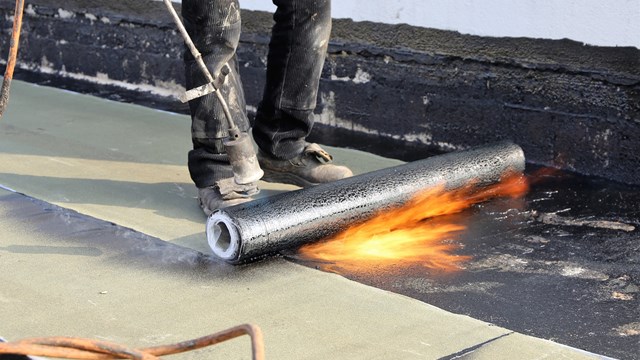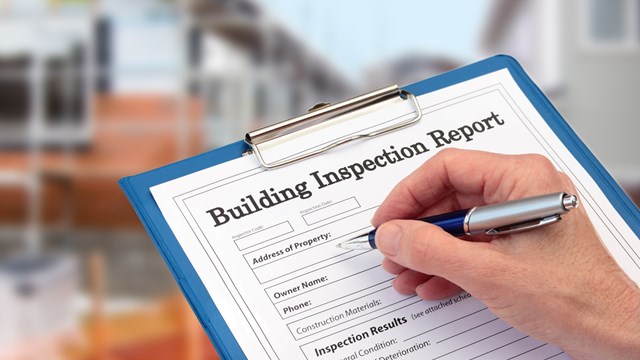Every five years, the boards of co-ops and condominiums are forced by law to consider how to execute repairs to their exterior facades. Unless there is a known dangerous condition, not too many buildings consider the issue well in advance of the cycle required by law. However, it is a subject that's well worth some advance planning. Once the cycle comes around, the architects, engineers and contractors who handle this type of work are incredibly busy - they may not be available to work one-on-one with your building, and prices for their work may not be as competitive. There are also financial considerations that make advance planning a good idea. If the building has not really done adequate early investigative work and finds that a greater exterior renovation is needed than was expected, they may have to secure some outside financing, such as refinancing the building's mortgage. All of this takes time.
When a building needs to have exterior work done, an architect or engineer - and sometimes both - will be needed. Usually a preliminary report is done which involves visiting the building and often performing inspections to determine the nature and extent of the problem. Even after a preliminary report is done, more time may be needed before the building is ready to take bids from contractors.
If the building is not pleased with the work done by the architect or engineer, or feels that a second opinion is in order, still more time will be needed to make those arrangements. Not all architects and engineers have the background to do this type of work, or to do it in a reasonable time frame. If the report is satisfactory, drawings will need to be prepared to illustrate the work being done and the scaffolding configuration required for it. All of this takes time and costs money.
There can also be many logistical problems. For example, the work may require that a penthouse owner's terrace be used for equipment and staging. There may be planters or furnishings on it that will have to be moved. The owner may not have use of the terrace for a period of time, leading to some debate in the building about how to handle this. In some cases, there may even be threatening letters from the shareholder's attorney. Something will need to be worked out to allow the work to go forward without litigation. Again, advance planning is crucial.
Depending on the location of the building, some cooperation may also be required from adjoining buildings. Access may be needed to adjoining buildings to inspect, or to set up staging and scaffolding. Not all neighboring buildings are eager to give such cooperation, and some may be downright hostile. At a minimum, there will need to be some negotiations about the terms of the access and possibly some money paid for their cooperation. An agreement will need to be drafted and signed. At the other end of the spectrum, there may be litigation to try to compel their cooperation. There is New York City law requiring neighbors to cooperate with sidewalk bridging, but your building may need help in other areas as well.
It can get very complicated when the neighboring building has a different use from the co-op building. The neighboring building may be a school or some commercial stores. Schools will be nervous about potential danger to their students and the reaction of worried parents. Commercial stores will be anxious about the possible loss of business caused by reduced visibility. Sometimes offering some advertising signage on the sidewalk bridging can ease the tension. There can also be litigation initiated by the neighboring building over a wide variety of issues ranging from injunctions to stop your building's work to claims for nuisance and trespass onto their property.
When a building manager tells me the board wants to "just use a standard form AIA contract," my reaction is always one of surprise. While such contracts contain a lot of useful contract language, there is project-specific information that must be included and discussed, such as work hours, cleanup, noise, building access, and other matters.
Once these issues are ironed out, the building can have its architect or engineer solicit bids from contractors. Ideally the building will want three to five of these to compare. The specifications prepared by the architect or engineer are important in ensuring that the pricing is thorough and that nothing is left out of the bid that can later come back as a change order. Again, it is worthwhile to have an attorney who is knowledgeable in this area work with the building on this. Once your board has addressed all of these issues, you can go forward and have a successful renovation.







Leave a Comment